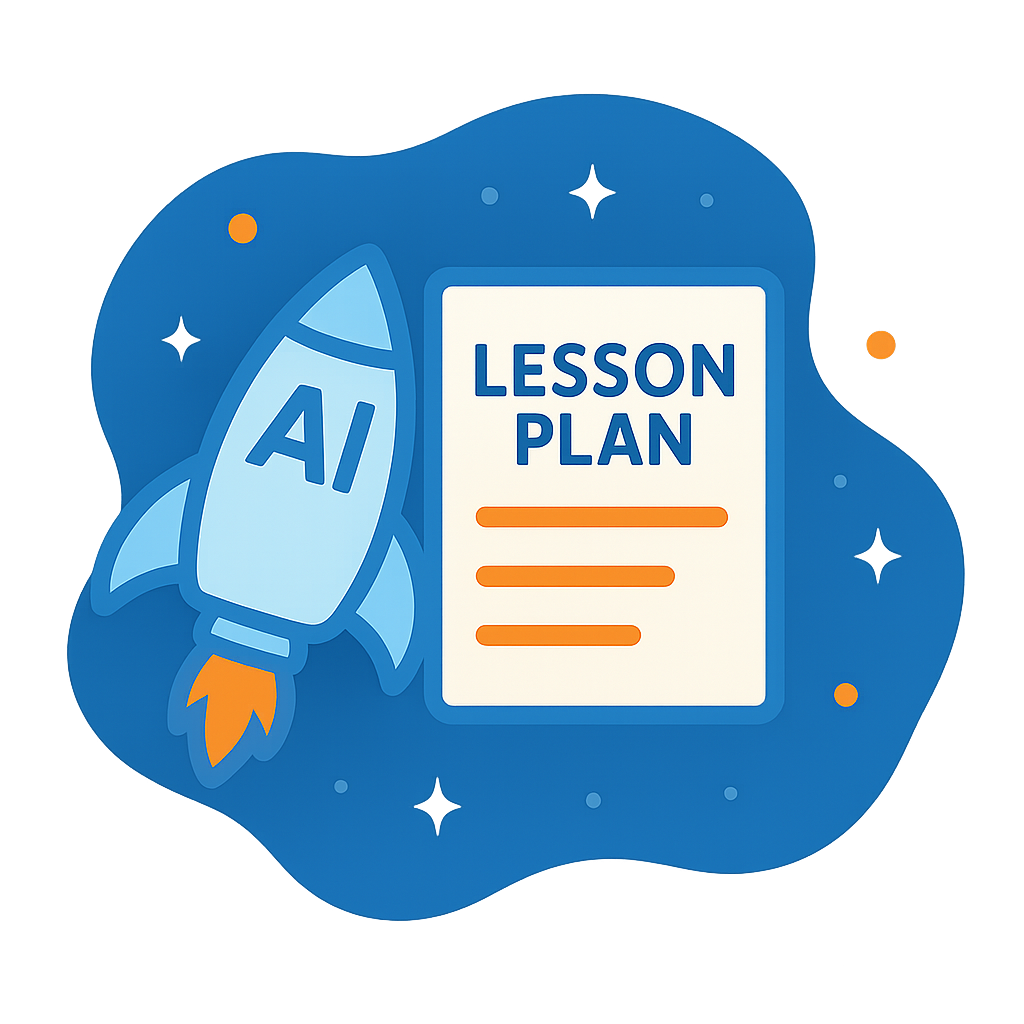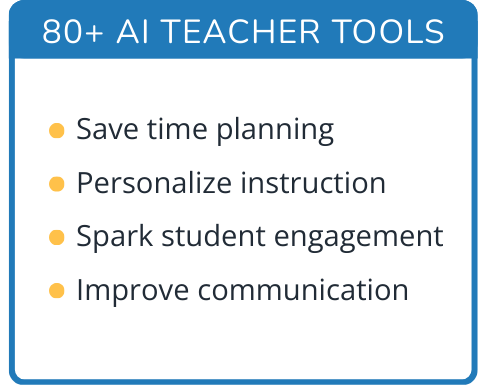Hi, what do you want to do?
Curated OER
Writing and Autobiography
Are you working on an autobiographical or narrative writing unit? Bring this instructional activity to your class, as it takes young writers through the process of drafting and sequencing an autobiography. After observing and...
Edgate
The Intrusion of Strangers
How did Native Americans react to the arrival of the Lewis and Clark expedition? Here, learners review excerpts of journal entries that chronicle the arrival of the Corps of Discovery to the Shoshone and Blackfeet tribes. Your young...
Scholastic
My Favorite Activity (Grades K-2)
Scholars discuss the many ways they use persuasion in their everyday lives and brainstorm specific ideas for encouraging someone to do something. With the list of persuasive techniques they made, young writers complete a graphic...
Scholastic
Identifying Types of Irony Using "The Gift of the Magi"
O. Henry's "The Gift of the Magi" is the classic example of irony in literature. Teach young writers about the ways irony can engage their readers with an activity in which they write scripts using dramatic irony, situational irony, and...
Curated OER
Trek Across America
Bring a time machine into your classroom with this writing instructional activity, in which young writers project themselves back in time and have a variety of choices from that point forward. They either write a conversation with a...
Curated OER
The Magic Three
In this language arts worksheet, young writers consider four action photographs, and must write three descriptive words that could be used to describe what they see. The words are then used in complete sentences. An interesting way to...
Curated OER
Persuasive Writing II
Help your young writers use logic in their persuasive writing. Discuss the characteristics of a persuasive paper, and have pupils work together to explore and solve a syllogism. They will write a short persuasive paper which includes a...
Curated OER
Writing Author's Purpose
Write in all three authorial purposes (persuasive, informational, entertaining) with this lesson. Young writers consider a time when a friend of theirs helped them out and gave them advice on something. They write a short paragraph (no...
Curated OER
Volcano Similes
Young writers learn about similes and read some examples using the topic of volcanoes. They write 10 similes of their own and choose one to illustrate. The graphic design of the sheet is clean, promoting focus and clarity.
Curated OER
Persuasion Map
The Persuasion Map, a one-page graphic organizer from Houghton Mifflin, not only makes visual the logical organization structure of persuasive writing, but also provides young writers a chance to organize and record facts they will use...
Curated OER
Compound Words: Worksheet 3
Young writers create compound words by matching a word in column one to a word in column two. They create a list of written words they have formed. Students will create 20 words on this one-page worksheet. An answer key is included.
Curated OER
Character Analysis Chart
This versatile graphic organizer could be used alongside any novel, poem, play, or story through which your class in studying character. Class members can get characters straight or describe particular characters in more detail with this...
Education World
Every Day Edit - Gwendolyn Brooks, Poet
In this editing worksheet about Gwendolyn Brooks, young writers read and then correct grammatical mistakes in a short paragraph. The errors range from punctuation, capitalization, spelling, and grammar.
Curated OER
Compare and Contrast
Practice comparing and contrasting with this straightforward learning exercise. Young writers compose several different compare and contrast paragraphs about several topics (transportation, sports, relatives, subject areas, a dog and...
Curated OER
Letter Writing Chart
This is a nicely-constructed letter writing worksheet in which learners use a chart to brainstorm the content for an apology letter to a friend. They fill in the chart and then write the apology letter. This brainstorming process would...
Curated OER
Review of Compound and Complex Sentences
An excellent language arts activity. Learners read seven sentences and determine if each is simple, compound, or complex. In order to practice sentence combining, young writers join 10 sets of sentences to form compound sentences, and...
Curated OER
Printing the Letter Qq
Young writers trace dotted examples of upper and lower case printed letter Qq. They practice their own letters on the primary lines and write the word "Queen." Some good, basic writing practice!
Curated OER
Describing Paintings: Calm or Stormy
Young writers use nouns, verbs, and adjectives to describe details in two paintings. One depicts a sunny landscape, and the other shows a cloudier view. They write a narrative inspired by the paintings, paying attention to transitional...
Curated OER
Setting the Story: Techniques for Creating a Realistic Setting
“It was a dark and stormy night.” Thus begins the 1830's novel Paul Clifford and, of course, all of Snoopy’s novels! Encourage young writers to craft settings for their stories that go beyond Edward Bulwer-Lytton’s often-mocked phrase...
Curated OER
Singular and Plural Nouns
Young writers pen the plural version of 40 nouns on blank lines next to the singular version in a straightforward worksheet. The type and blank lines are small, so I'd enlarge it to make it more friendly to children's small hands. You...
Curated OER
Countables and Uncountables Exercise 1
Young writers determine whether the 19 nouns in the box are accountable or uncountable. They place each noun in the Venn Diagram and then fill in each blank in 9 sentences with the words a, an, any and/or some. A good worksheet!
Curated OER
Telling Your Story
Have young writers compose stories that add detail to the moments captured in personal photographs and create an annotated photo album. Rather than sending every member of the class home for the weekend with a digital camera, you might...
Curated OER
"I Believe..." Podcast Style
Use this communication skills lesson to emphasize evaluating a speaker's main point and argument. After reading Martin Luther King's, "I Have a Dream Speech" and John F. Kennedy's speech, "I Believe in an America Where the Separation of...
Curated OER
In My Opinion
Young writers craft letters to the government stating their opinion on different topics. They pick an environmental or ocean issue, research it, and craft their formal persuasive letter. Ensure your learners include supporting facts and...




























